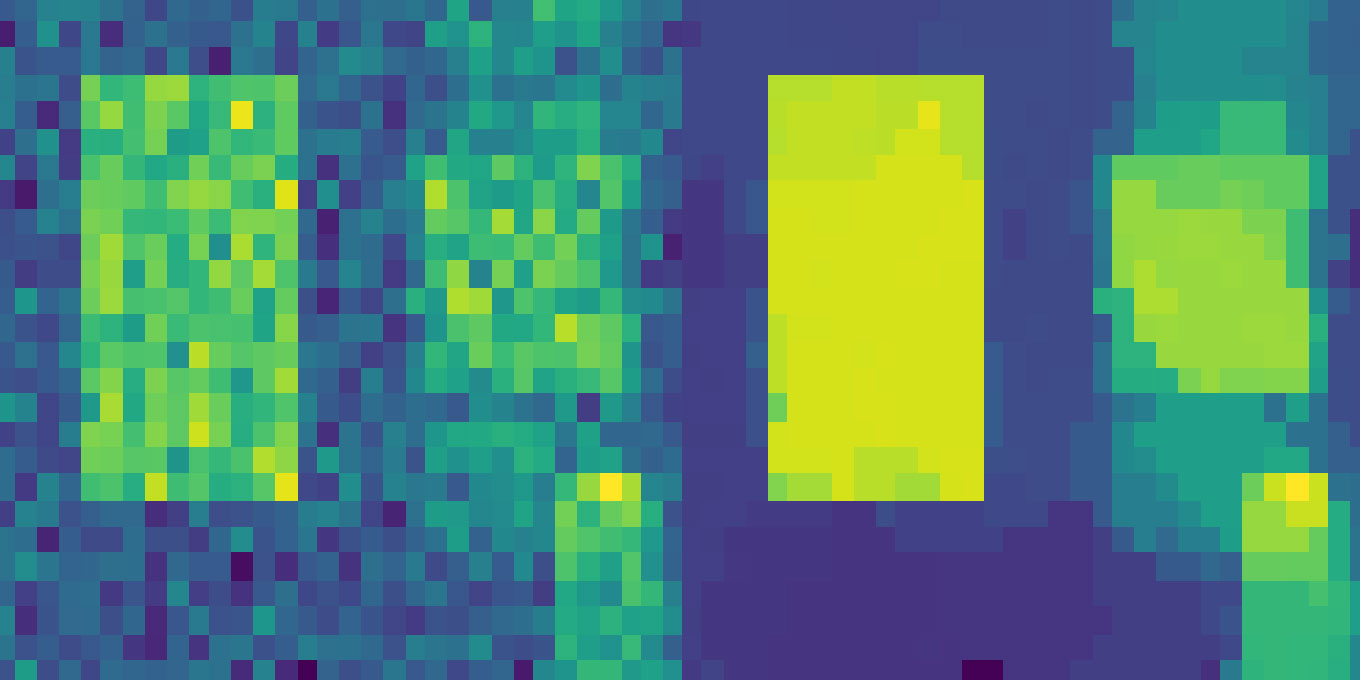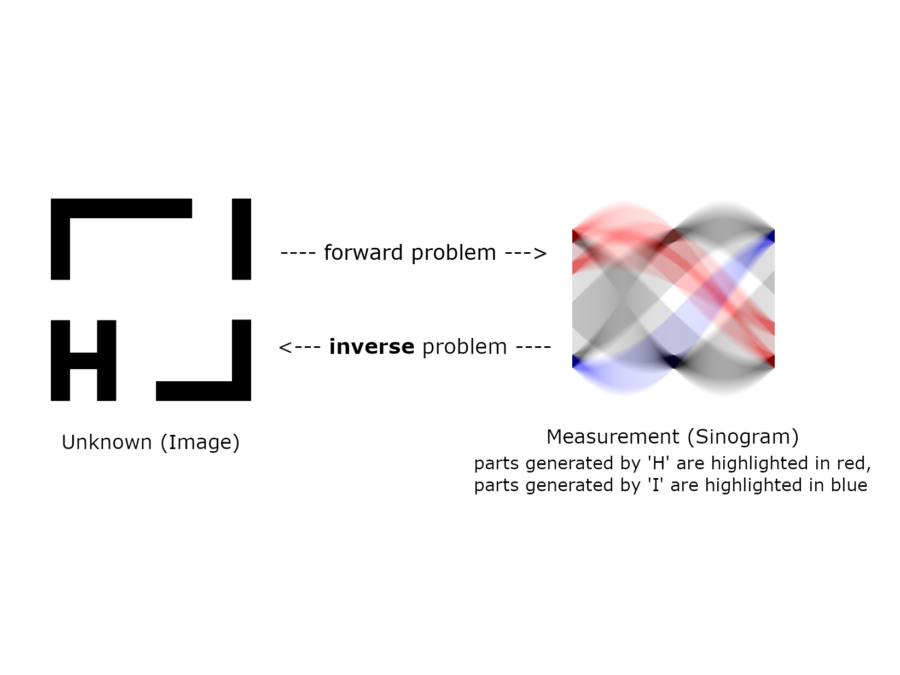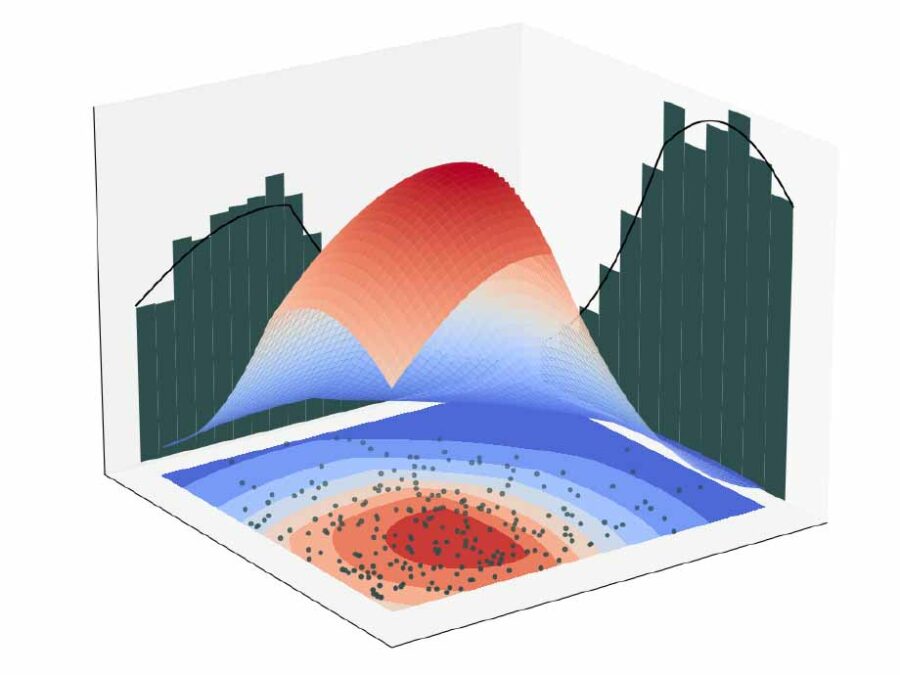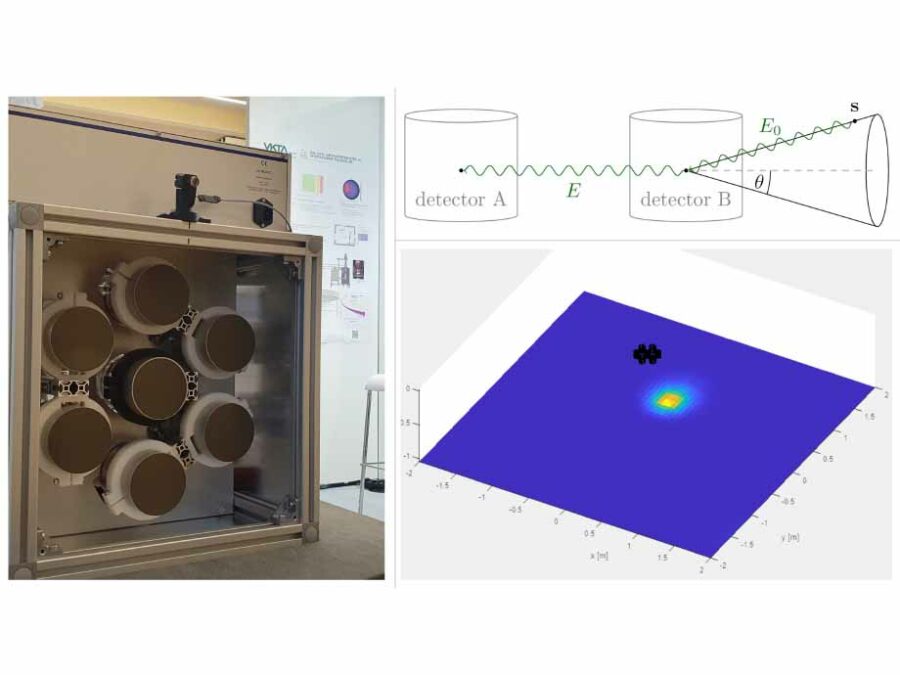Deep Learning based Regularization for Inverse Problems

Deep learning has become very popular in recent years in fields such as image processing, and is therefore also of growing interest as a method for regularization of inverse problems. Despite its great potential, the development, and especially the understanding, of deep networks in this field are still in their infancy. Therefore, this project aims to investigate the construction of regularization methods for ill-posed inverse problems based on deep learning and their theoretical foundations. Specific objectives include the development of robust and interpretable results, requiring the initial development of new concepts of robustness and interpretability in this context. The theoretical developments will be accompanied by extensive numerical studies, for which measures and benchmark problems will be developed to facilitate fair comparisons of different approaches.
This project is funded by the DFG through the priority program 2298 “Theoretical Foundations of Deep Learning”. More
Other projects

Foundations of Supervised Deep Learning for Inverse Problems
Recently, deep learning methods have excelled at various data processing tasks including the solution of ill-posed inverse problems. The goal of this project is to contribute to the theoretical foundation for truly understanding deep networks as regularization techniques which can reestablish a continuous dependence of the solution on the data.
Bayesian Computations for Large-scale (Nonlinear) Inverse Problems in Imaging
During research stays with the collaborating group at Caltech, we aim to investigate various aspects of statistical inverse problems. This includes inquiries into particle- and PDE-based sampling methods, as well as robust regularization using neural networks.